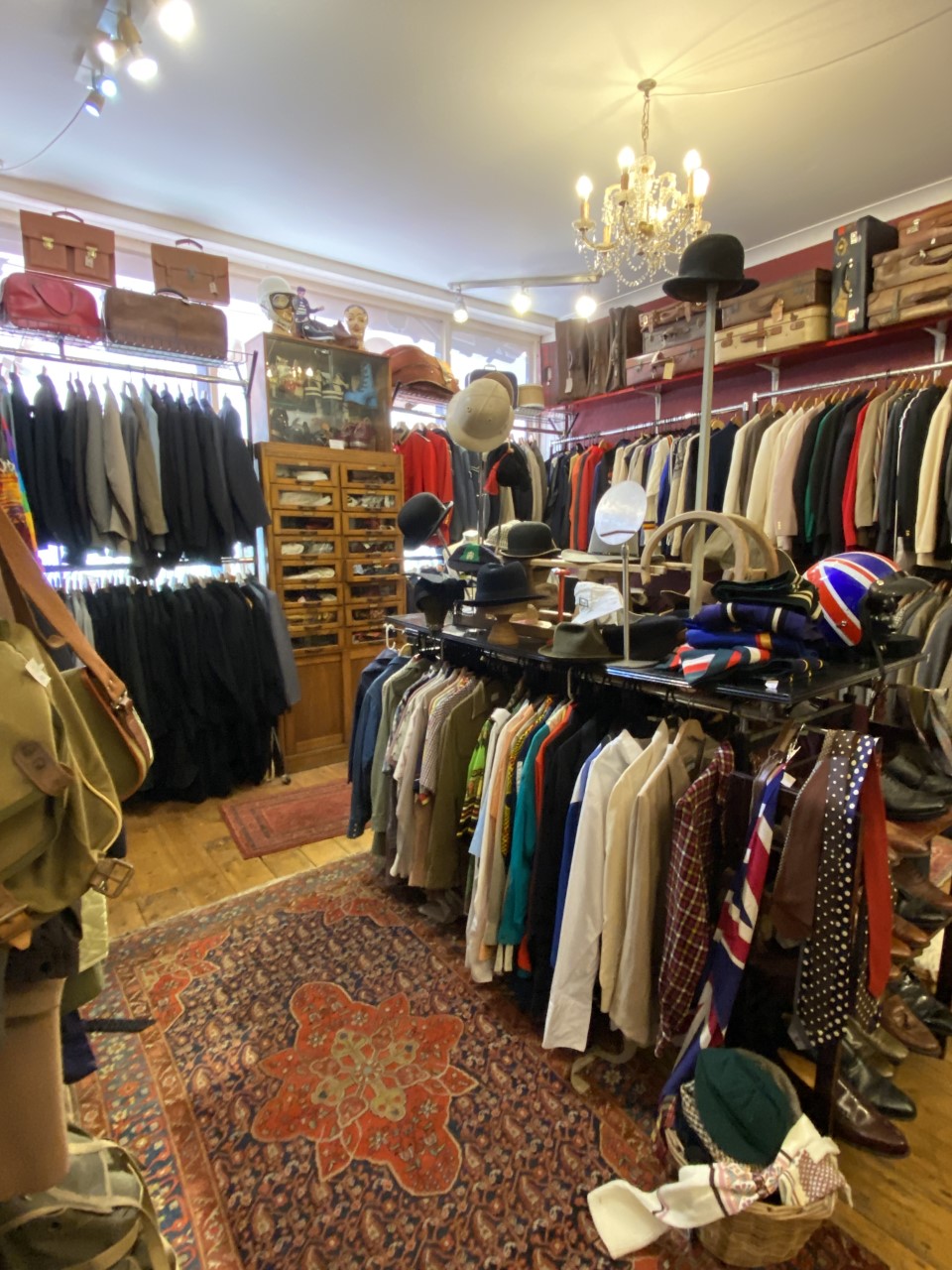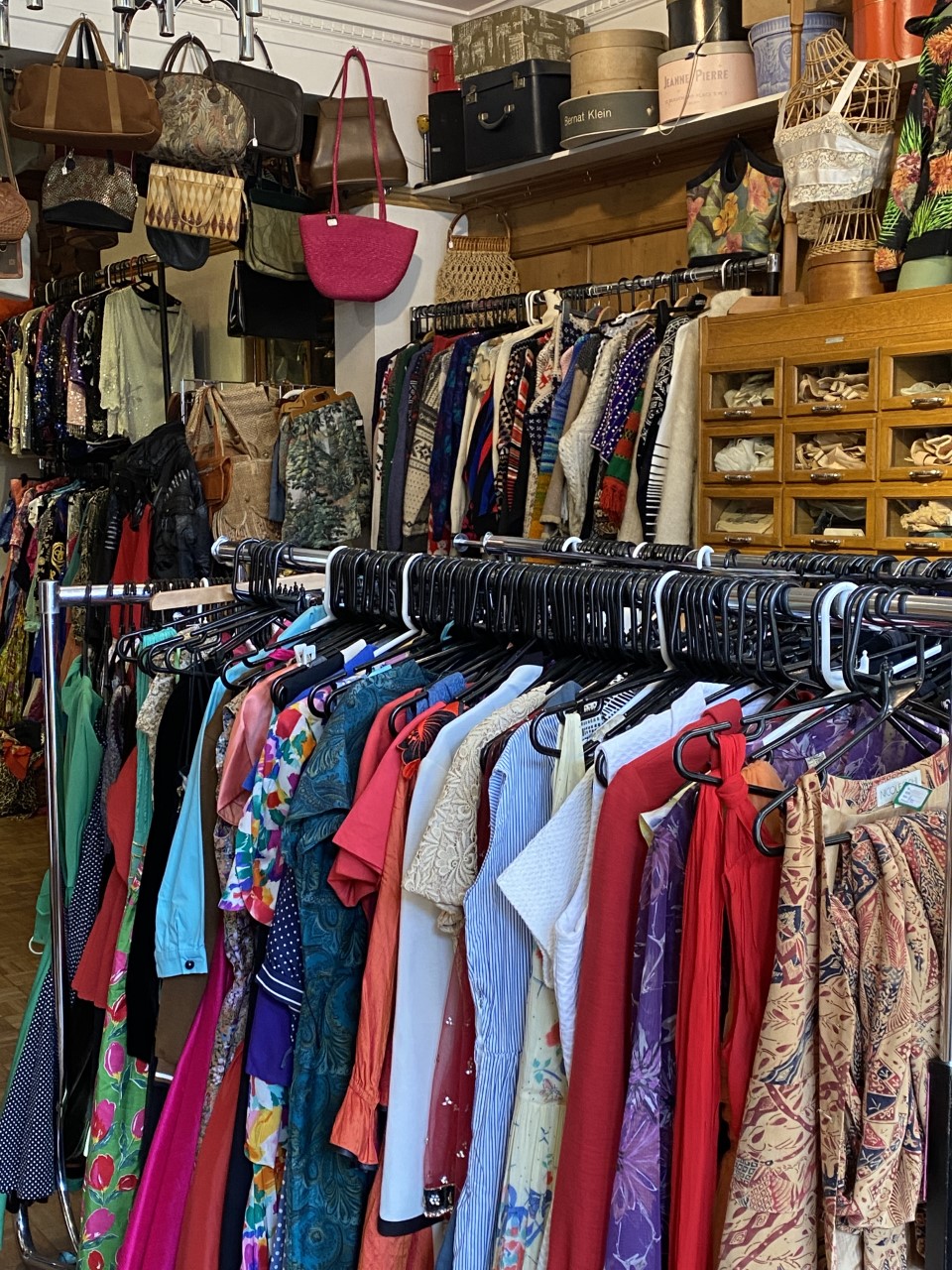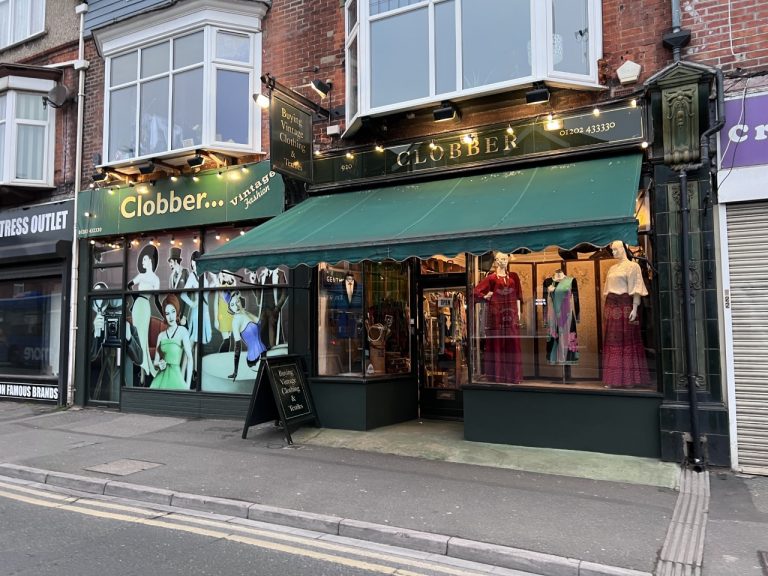With Gen Z turning their back on fast fashion, the second-hand clothing market has witnessed exponential growth. Vintage stores, charity shops, and most recently, online offerings such as Depop and Etsy, are seeing massive demand as consumers turn to ethical clothing options.
Richard Mason Founded Bournemouth based vintage shop ‘Clobber’ in 1988. Over forty years later and his business is considered one of the most noteworthy vintage shops nationwide.
 Having set up Clobber Vintage in 1988, I have seen the second-hand clothing market shift and change over a number of decades – and witnessed first hand the changes that have taken place. Whilst the scene has previously experienced popularity booms, often linked to certain films and TV shows, such as ‘Peaky Blinders’, Gen Z is embracing vintage fashion for ethical reasons, not off the back of pop culture; the second-hand clothing market is now seen as the most sustainable, affordable, and crucially, most stylish alternative to fast fashion.
Having set up Clobber Vintage in 1988, I have seen the second-hand clothing market shift and change over a number of decades – and witnessed first hand the changes that have taken place. Whilst the scene has previously experienced popularity booms, often linked to certain films and TV shows, such as ‘Peaky Blinders’, Gen Z is embracing vintage fashion for ethical reasons, not off the back of pop culture; the second-hand clothing market is now seen as the most sustainable, affordable, and crucially, most stylish alternative to fast fashion.
Committed to shopping ethically, Gen Z has fully embraced second-hand clothing. Apps like Depop, Etsy, and Vinted have enabled them to play a key role in the market, irrespective of prior knowledge or experience. At Clobber, the rails are filled with clothes from as far back as the 1920s and everything is hand procured and carefully selected. Finding high-quality vintage stock is the hardest aspect of the job; a nice dress will sell itself, it’s finding the dress that is the tricky part. However, increasingly we are seeing young people acquire bulk vintage cheaply before listing it for sale on sites like Depop. Despite contributing less time and effort, this method is still giving online merchants access to huge profits.
The second-hand market as a whole is set to double in size to $77bn by 2025, and with nearly half of Gen Z and Millennial consumers stating they purchased second hand clothing last year, they are the key driving force behind the movement. Because of their interest, the resale market specifically is predicted to grow at a rate 11 times faster than the traditional retail market.
So where does this leave brick and mortar shops like Clobber? Despite Gen Z capitalising on a new online era, and the pandemic inevitably reducing consumer’s desire to shop in person, traditional vintage stores still play a key role in providing a unique and fulfilling customer experience. There are few background checks for vendors on online marketplaces, and scams are rife. With trusted stores like Clobber, you can be sure that what we sell is genuinely vintage, vetted, and sustainably sourced. In-person vintage shopping is a more authentic, informed, and exciting experience for the consumer.
Surviving the pandemic was not easy, but we managed, and embracing merchant technology helped us maintain the foothold we spent decades establishing. Using solutions provided by our payments provider SumUp (www.sumup.co.uk), we oversaw the integration of contactless payment and QR codes. By allowing us to streamline payment for consumers during the pandemic, and cope with the rising demand for second-hand clothing once restrictions were lifted, this technology helped to level the playing field and allowed us to compete with online marketplaces.
 With statistics from Simply Business estimating that the pandemic will cost SME’s around £126.6 billion, it is hugely important to continue to support small community-centred businesses. Whilst the pandemic offered many new merchants a chance to clear out their wardrobes and list their pre-loved clothing, for local vintage stores countrywide it was about adapting to survive. With a return to normality now looking closer than ever, the future is bright – for both in-person and online vintage sellers alike.
With statistics from Simply Business estimating that the pandemic will cost SME’s around £126.6 billion, it is hugely important to continue to support small community-centred businesses. Whilst the pandemic offered many new merchants a chance to clear out their wardrobes and list their pre-loved clothing, for local vintage stores countrywide it was about adapting to survive. With a return to normality now looking closer than ever, the future is bright – for both in-person and online vintage sellers alike.


